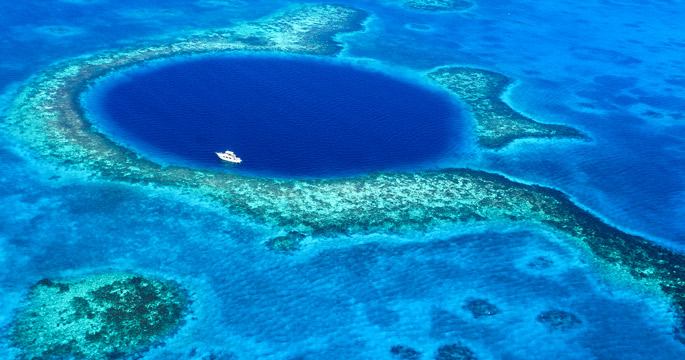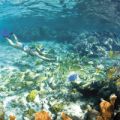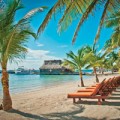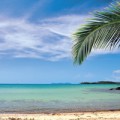Another one for your bucket list: Adventure awaits for those who plumb the depths of the world's largest marine sinkhole
The most famous landmark in Belize isn’t on land. Recognized as the world’s largest marine sinkhole, the Great Blue Hole is located some 40 miles from the mainland, in the center of a coral atoll known as Lighthouse Reef. Jacques Cousteau explored this gigantic geological anomaly, which measures nearly 1,000 feet across, and plunges to depths of just over 400 feet.
Though it looks like it was stamped out by a giant’s cookie cutter, the hole was actually formed as an underground cavern more than 100,000 years ago, when sea levels were lower. Eventually, the roof caved in, and the chamber filled with water when seas rose to present day levels.
Today, the Great Blue Hole is home to sharks and schooling fish, and evidence of its origins can be found in stalactite formations that hang from shadowy ledges tucked along the circular walls. A number of charter boats bring adventurous divers and snorkelers, who come to fulfill bucket list wishes and explore the depths of this unique natural treasure.





